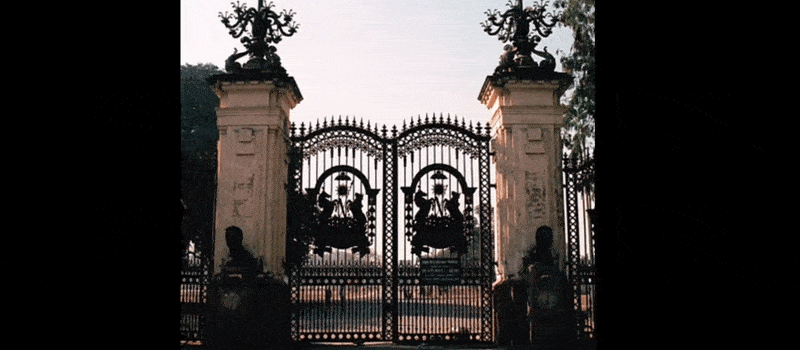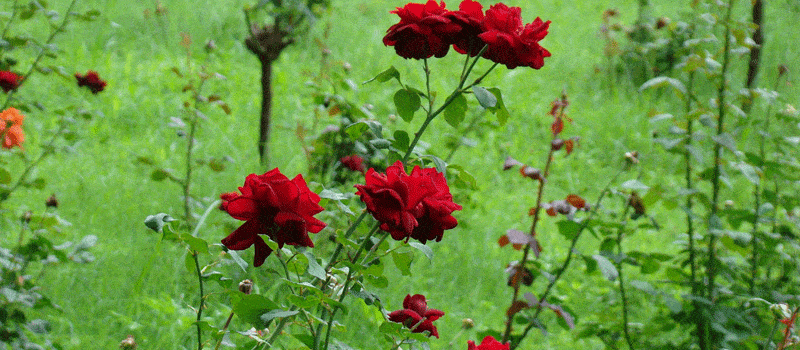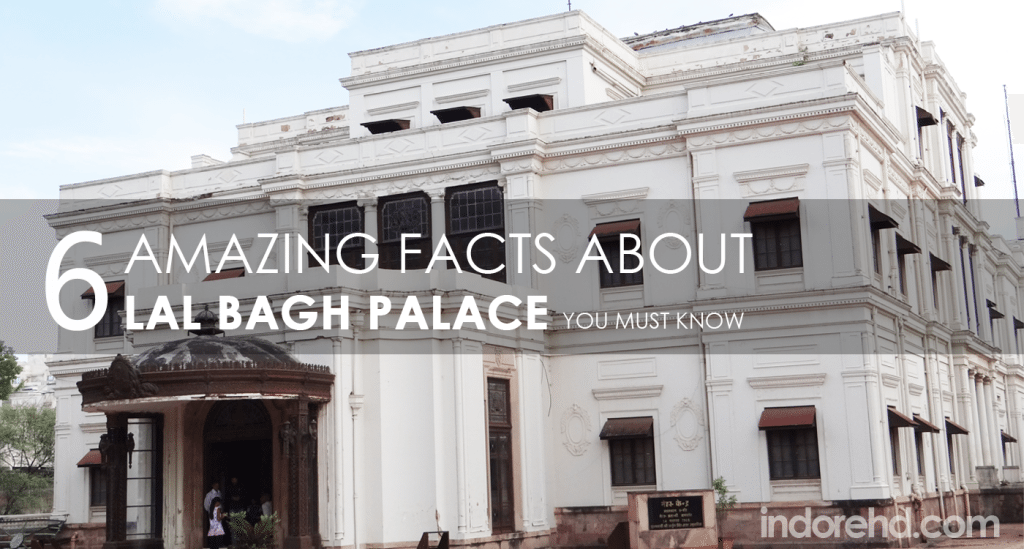6 Amazing facts about the Lal Bagh Palace you must know
The Lal Bagh Palace was built by Maharaja Shivaji Rao Holkar in the year 1886-1921. The beautiful Palace is situated in the outskirts of the Indore city. It is a three storey building standing tall on the banks of the River Khan. The Palace manifests the life style of the Maratha Rulers. Spread over an area of 11,3311.98 sq. m., the Lal Bagh Palace architecturally resembles the New Palace. The Palace also houses a coin collection which is from the Muslim period. Here are 6 facts and images of the magnificent palace that will surely want you to visit the Palace
1. The Grand Entrance
The main gates of the Palace are a replica of the gates of Buckingham palace which is situated in London. The gates were shipped from England. The gates carry the Holkar state emblem which states “He who tries will succeed”. The daunting gates of the Lal Bagh Palace are unique in Asia.

Source : Youtube
2. The Red Rose Velvet Carpet
The whole complex has a total area of 28 acres and the premise has a huge garden of roses which is one of the best in the country.

Source : WordPress
3. The Regal Artwork
The palace also exhibits many contemporary Indian and Italian paintings and sculptures that take you by awe.
Source : Youtube
4. The Magnificent Decor
The ravishing decorations in the style of Versailles Palace uses Italian marble columns, grand chandeliers, Persian carpets and flying nymphs on the ceiling gives the tourists a wonderful experience.
Source : Youtube
5. The Exquisite Ballroom
The Palace has a grand ballroom which has wooden floor mounted on springs for extra bounce.
Sources : Youtube
6. Adding Life to the Palace
Other attractions of the palace are the furnished rooms with beautiful carvings on the walls as well as the ceilings. The rooms of the palace have now been restored, furnished and converted turned into a museum. Much of the furniture and ornamentation belongs to late Regency and early Georgian style.
Source : Youtube
